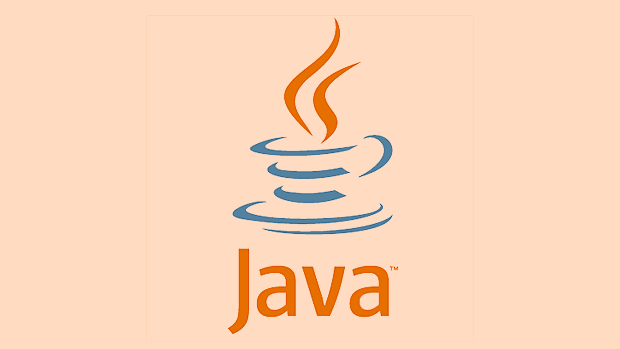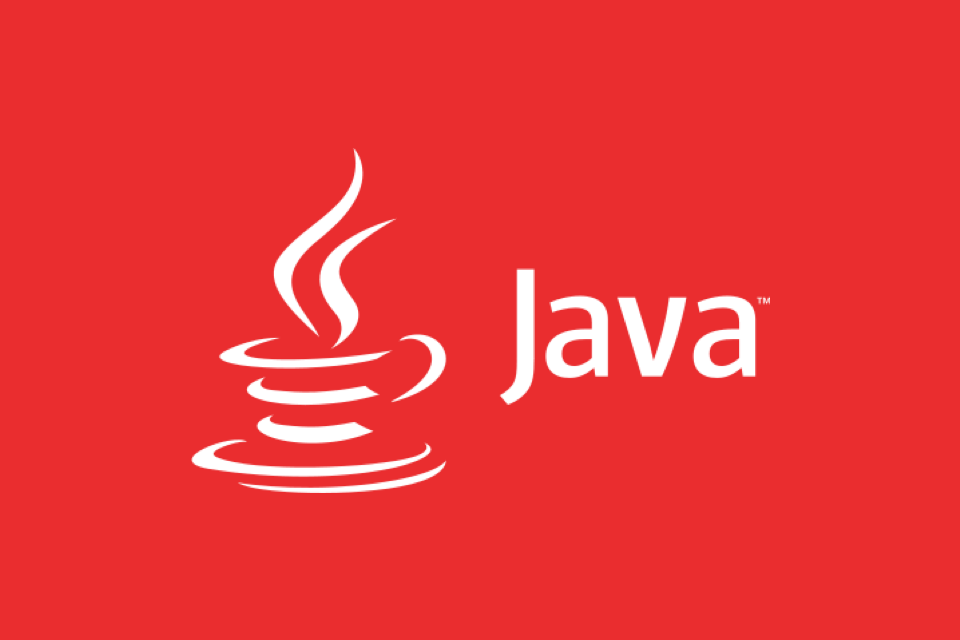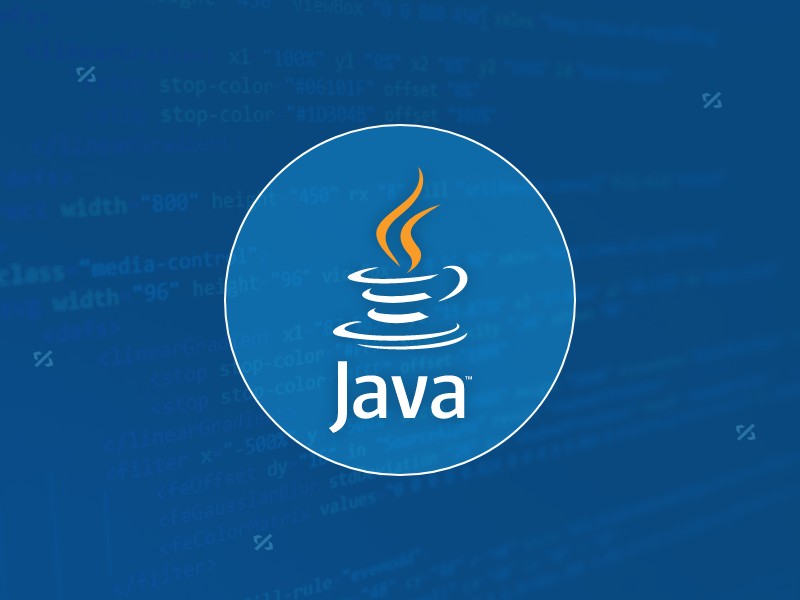Debugging Java applications requires mastering the correct methods and tools. 1. Effectively use the IDE debugger, set strategic breakpoints and check variables; 2. Analyze the stack trace and pay attention to exception information and line numbers; 3. Reasonably use the log framework to record key information; 4. Reproduce and isolate the problem, and gradually troubleshoot through the minimum input. These steps can systematically locate the root cause of the problem and prevent future errors.

Debugging Java applications is a skill that every developer needs to master. It's not just about finding the bug—it's about understanding why it happened and how to prevent similar issues in the future. The key lies in combining tools, techniques, and a systematic approach.

Use an IDE Debugger Effectively
Modern IDEs like IntelliJ IDEA, Eclipse, or VS Code with Java plugins come with powerful debugging tools. Don't rely solely on print statements—use breakpoints and step-through execution.

- Set strategic breakpoints : Place them at method entries, loops, or right before exceptions are thrown.
- Use conditional breakpoints : These only trigger when specific conditions are met, which helps isolate tricky edge cases.
- Inspect variables and expressions : While paused at a breakpoint, look into variable values ??and evaluate expressions directly in the debugger.
A common mistake is setting too many breakpoints and getting lost in the flow. Start small, and expand your inspection area as needed.
Understand and Analyze Stack Traces
When something goes wrong, Java gives you a stack trace. Read it carefully—it tells you exactly where the problem occurred.

- Look for
Exception in thread "main"or similar lines. - Follow the trace from top to bottom—your issue is likely near the top.
- Pay attention to the line numbers and class names; they point directly to where things went south.
If the stack trace ends with something like Caused by: , that's a chained exception. Dig into those—they often reveal the real root cause.
Logging Is Your Friend
Adding logs can help you understand what your application is doing without stopping execution. Use logging frameworks like Log4j or SLF4J instead of System.out.println .
- Log levels matter : Use
infofor general behavior,debugfor detailed tracing, anderrorfor exceptions. - Include context in log messages : instead of “Something went wrong,” says “Failed to load user with ID 123.”
- Avoid overlogging : Too much noise makes it harder to spot important information.
One trick is to temporarily increase the log level in a specific package or class during debugging, then dial it back once the issue is resolved.
Reproduce and Isolate the Problem
Before diving into code, make sure you can consistently reproduce the issue. Once you can, start isolating the problem:
- Try reproducing it with minimal input or configuration.
- Comment out or mock parts of the code to narrow down the source.
- If it's a concurrency issue, try reducing the number of threads or using deterministic test data.
This process might take time, but it's far more efficient than guessing and checking.
Effectively debugging Java apps come down to using the right tools, reading error messages closely, and systematically narrowing down possibilities. With practice, you'll get faster at identifying and resolving issues.
The above is the detailed content of Effective Strategies for Debugging Java Applications. For more information, please follow other related articles on the PHP Chinese website!

Hot AI Tools

Undress AI Tool
Undress images for free

Undresser.AI Undress
AI-powered app for creating realistic nude photos

AI Clothes Remover
Online AI tool for removing clothes from photos.

Clothoff.io
AI clothes remover

Video Face Swap
Swap faces in any video effortlessly with our completely free AI face swap tool!

Hot Article

Hot Tools

Notepad++7.3.1
Easy-to-use and free code editor

SublimeText3 Chinese version
Chinese version, very easy to use

Zend Studio 13.0.1
Powerful PHP integrated development environment

Dreamweaver CS6
Visual web development tools

SublimeText3 Mac version
God-level code editing software (SublimeText3)

Hot Topics
 Difference between HashMap and Hashtable?
Jun 24, 2025 pm 09:41 PM
Difference between HashMap and Hashtable?
Jun 24, 2025 pm 09:41 PM
The difference between HashMap and Hashtable is mainly reflected in thread safety, null value support and performance. 1. In terms of thread safety, Hashtable is thread-safe, and its methods are mostly synchronous methods, while HashMap does not perform synchronization processing, which is not thread-safe; 2. In terms of null value support, HashMap allows one null key and multiple null values, while Hashtable does not allow null keys or values, otherwise a NullPointerException will be thrown; 3. In terms of performance, HashMap is more efficient because there is no synchronization mechanism, and Hashtable has a low locking performance for each operation. It is recommended to use ConcurrentHashMap instead.
 What are static methods in interfaces?
Jun 24, 2025 pm 10:57 PM
What are static methods in interfaces?
Jun 24, 2025 pm 10:57 PM
StaticmethodsininterfaceswereintroducedinJava8toallowutilityfunctionswithintheinterfaceitself.BeforeJava8,suchfunctionsrequiredseparatehelperclasses,leadingtodisorganizedcode.Now,staticmethodsprovidethreekeybenefits:1)theyenableutilitymethodsdirectly
 How does JIT compiler optimize code?
Jun 24, 2025 pm 10:45 PM
How does JIT compiler optimize code?
Jun 24, 2025 pm 10:45 PM
The JIT compiler optimizes code through four methods: method inline, hot spot detection and compilation, type speculation and devirtualization, and redundant operation elimination. 1. Method inline reduces call overhead and inserts frequently called small methods directly into the call; 2. Hot spot detection and high-frequency code execution and centrally optimize it to save resources; 3. Type speculation collects runtime type information to achieve devirtualization calls, improving efficiency; 4. Redundant operations eliminate useless calculations and inspections based on operational data deletion, enhancing performance.
 What is an instance initializer block?
Jun 25, 2025 pm 12:21 PM
What is an instance initializer block?
Jun 25, 2025 pm 12:21 PM
Instance initialization blocks are used in Java to run initialization logic when creating objects, which are executed before the constructor. It is suitable for scenarios where multiple constructors share initialization code, complex field initialization, or anonymous class initialization scenarios. Unlike static initialization blocks, it is executed every time it is instantiated, while static initialization blocks only run once when the class is loaded.
 What is the Factory pattern?
Jun 24, 2025 pm 11:29 PM
What is the Factory pattern?
Jun 24, 2025 pm 11:29 PM
Factory mode is used to encapsulate object creation logic, making the code more flexible, easy to maintain, and loosely coupled. The core answer is: by centrally managing object creation logic, hiding implementation details, and supporting the creation of multiple related objects. The specific description is as follows: the factory mode handes object creation to a special factory class or method for processing, avoiding the use of newClass() directly; it is suitable for scenarios where multiple types of related objects are created, creation logic may change, and implementation details need to be hidden; for example, in the payment processor, Stripe, PayPal and other instances are created through factories; its implementation includes the object returned by the factory class based on input parameters, and all objects realize a common interface; common variants include simple factories, factory methods and abstract factories, which are suitable for different complexities.
 What is the `final` keyword for variables?
Jun 24, 2025 pm 07:29 PM
What is the `final` keyword for variables?
Jun 24, 2025 pm 07:29 PM
InJava,thefinalkeywordpreventsavariable’svaluefrombeingchangedafterassignment,butitsbehaviordiffersforprimitivesandobjectreferences.Forprimitivevariables,finalmakesthevalueconstant,asinfinalintMAX_SPEED=100;wherereassignmentcausesanerror.Forobjectref
 What is type casting?
Jun 24, 2025 pm 11:09 PM
What is type casting?
Jun 24, 2025 pm 11:09 PM
There are two types of conversion: implicit and explicit. 1. Implicit conversion occurs automatically, such as converting int to double; 2. Explicit conversion requires manual operation, such as using (int)myDouble. A case where type conversion is required includes processing user input, mathematical operations, or passing different types of values ??between functions. Issues that need to be noted are: turning floating-point numbers into integers will truncate the fractional part, turning large types into small types may lead to data loss, and some languages ??do not allow direct conversion of specific types. A proper understanding of language conversion rules helps avoid errors.
 Why do we need wrapper classes?
Jun 28, 2025 am 01:01 AM
Why do we need wrapper classes?
Jun 28, 2025 am 01:01 AM
Java uses wrapper classes because basic data types cannot directly participate in object-oriented operations, and object forms are often required in actual needs; 1. Collection classes can only store objects, such as Lists use automatic boxing to store numerical values; 2. Generics do not support basic types, and packaging classes must be used as type parameters; 3. Packaging classes can represent null values ??to distinguish unset or missing data; 4. Packaging classes provide practical methods such as string conversion to facilitate data parsing and processing, so in scenarios where these characteristics are needed, packaging classes are indispensable.






